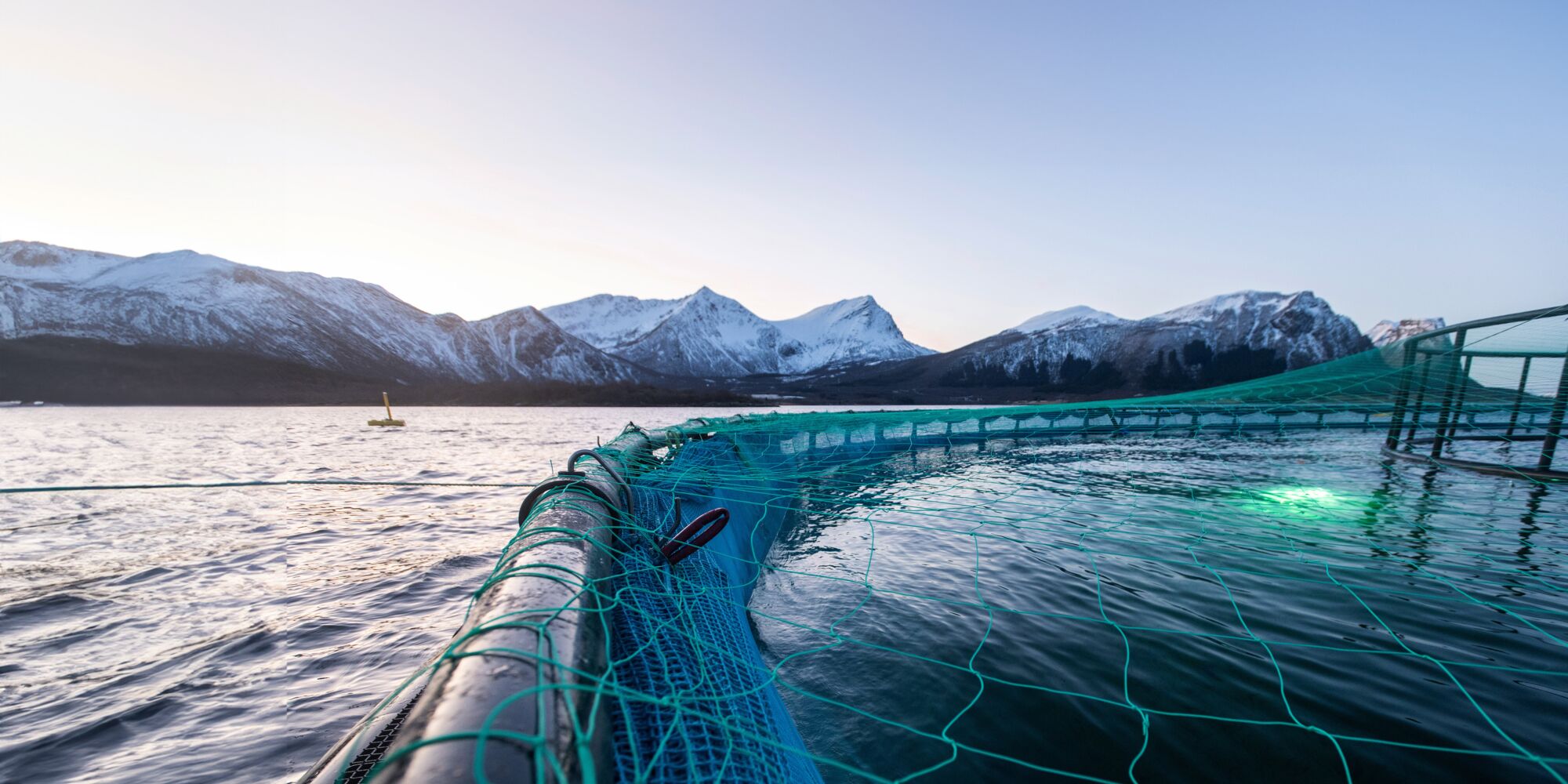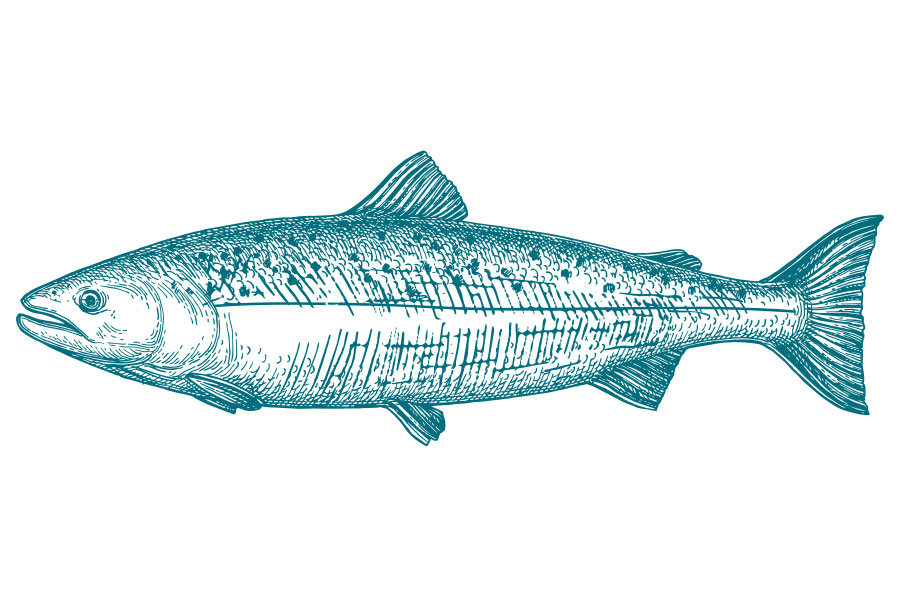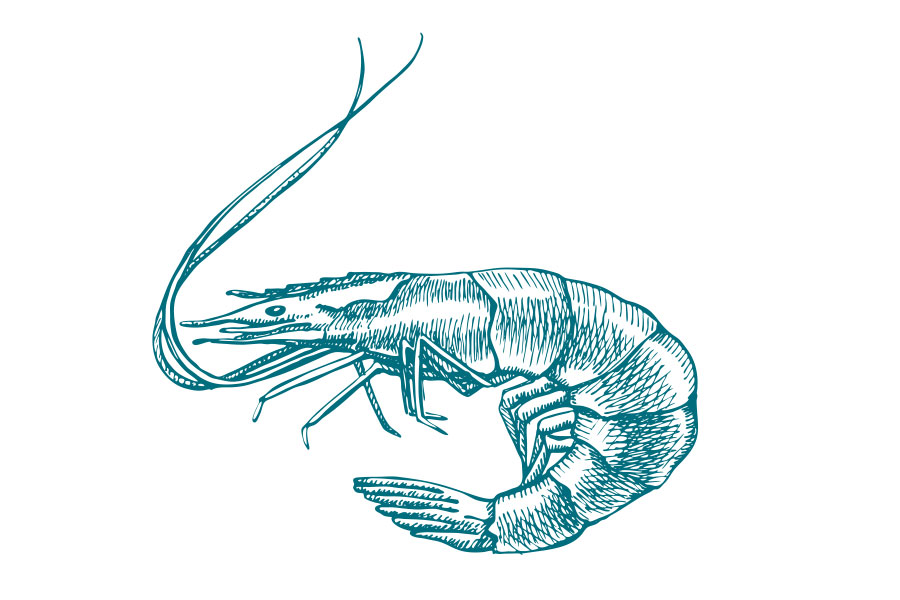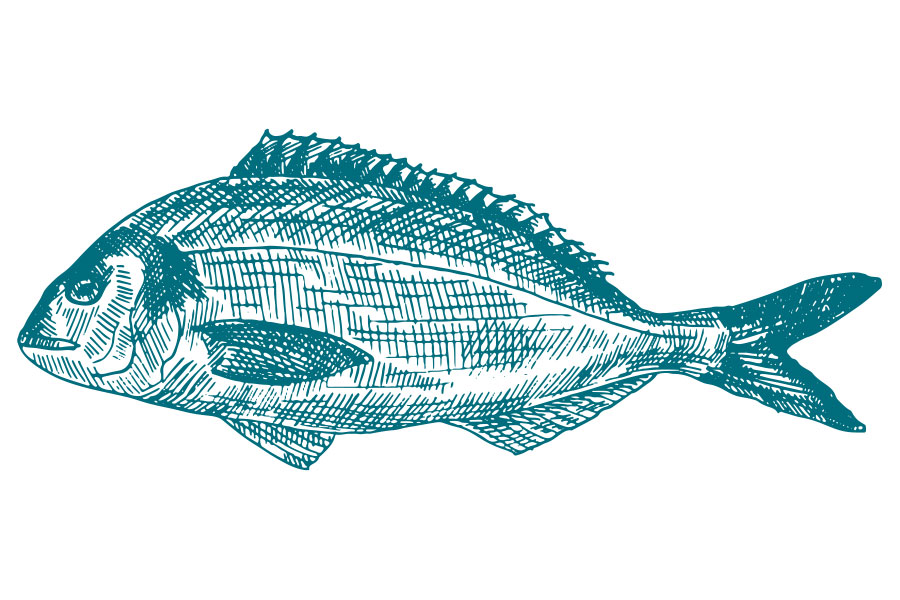Optimum Omega Nutrition (OON)
by Veramaris
Improving aquaculture productivity by meeting dietary Omega-3 and Omega-6 requirements

EPA & DHA Omega-3 are known to play a critical role in ensuring health and welfare in aquaculture, ultimately contributing to improved productivity. But how much and what ratios are needed exactly? Depending on life stage and farming conditions, the nutritional requirements for optimum fish and shrimp health vary.
Optimum Omega Nutrition (OON) is a set of critical feed guidelines to help aquaculture farmers, together with their feed suppliers, fine-tune feed specifications for meeting EPA & DHA, Omega-3, and Omega-6 and ARA requirements.
Used in conjunction with Veramaris’ sustainable ASC-MSC certified algal oil, the guidelines can effectively support fish farmers to maximize animal health, welfare, quality and performance throughout the life cycle, without creating additional strain on our oceans.
Go directly to...
Supporting performance, health, welfare and quality of farmed seafood
Click on the benefit icons to learn more.

Supporting performance, health, welfare and quality of farmed seafood
Click on the benefit icons to learn more.
Elevated EPA & DHA levels can support fish through biological and environmental stressors such as temperature and salinity changes, treatments and vaccination.
Fish response to diseases and infections can be enhanced through nutrition, resulting in economic savings through increased productivity and lower costs of disease management.
The composition of cellular membranes is modified in response to temperature changes. As temperature decreases the proportions of PUFA in the membranes, EPA and DHA requirements are increased.
Optimising n-3:n-6 ratios in the diet by elevating EPA & DHA levels is important to ensure proper bone mineralisation.
Fish fed a diet with enhanced EPA & DHA levels have been found to improve pigmentation and processing yields while reducing melanin spots and gaping.
A recent study found that fish fed a diet of 10% EPA+DHA (%TFA) with an EPA:DHA ratio of 1:1 hadfewer wounds.
Fish require higher levels of ARA and DHA when approaching smoltification, and EPA requirements increase post-transfer to the sea to trigger osmoregulation and ensure successful smoltification.
EPA, DHA & ARA play vital roles in mediating the inflammatory response in fish to reduce the effect of pathogens and support fish health and welfare.
Nutritional guidelines for different growth stages
Veramaris Optimum Omega Nutrition (OON) guidelines are based upon an expert analysis of more than 150 published peer-reviewed scientific papers to ensure all metabolic functions in farmed seafood are supported depending on their growth stage. These improvements in fish and shrimp health have the potential to improve some of the key performance indicators for farmer such as survival rate, FCR, and smolt yield whilst also reducing downgrades.
Proof of concept
At Veramaris, we're always seeking ways to translate science into reality. By combining the existing scientific knowledge with large scale commercial trails and novel big data sets, we have demonstrated that using Veramaris algal oil together with the Optimum Omega Nutrition (OON) guidelines, aquaculture farmers not only stand to improve productivity, product quality and yield but also lower their marine footprint.







